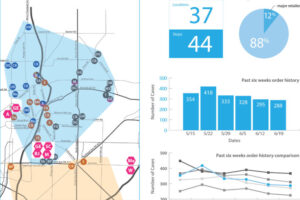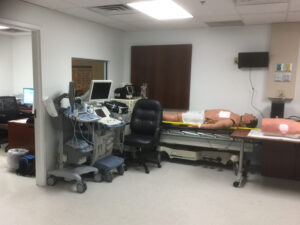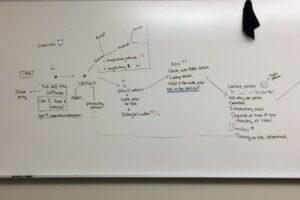Research
Research and the insights it provides are critical to creating exceptional experiences. Without taking the time for proper and quality research, we are gambling on guesses that will impact people, waste time and resources, and damage our brands. It’s important to remember that products and services are not static entities but constantly evolve until retirement, making our work dynamic and engaging and the need to learn endlessly.
Research stage
This is my learning phase, where I discover insights and patterns and translate them into a design direction. In general, it follows the steps below.
-
- What data and insights do we already have? (e.g., Customer Service calls, analytics, NPS scores and comments, customer posts, or surveys) What does this tell us?
- What don’t we know, and what is the best research method to discover this? (e.g., Ethnography, Contextual Inquiry, Questionnaires, Interviews, Journey Map sessions)
- Analyze research and determine patterns and insights.
- Share and discuss results.
- Does the research answer and support our Understanding questions so we can move forward, or is more research required?
- What data and insights do we already have? (e.g., Customer Service calls, analytics, NPS scores and comments, customer posts, or surveys) What does this tell us?
Metrics
-
- Increased efficiency
- Reduced customer calls
- Better Net Promoter Scores
- Increased engagement
- Increased task completion rate

KSI-Little Debbie project
The project included drawing maps, analyzing data, providing insights, and discussing strategic plans. The goal was to 1. See growth opportunities, and 2. Increase efficiency.

Discovery project
This project involved visiting multiple people in their work environments.

Onboarding project
The project included co-hosting Journey Mapping work sessions to discover the current process, gaps, and feelings. We also did interviews, brainstorming sessions, and competitive analysis.
